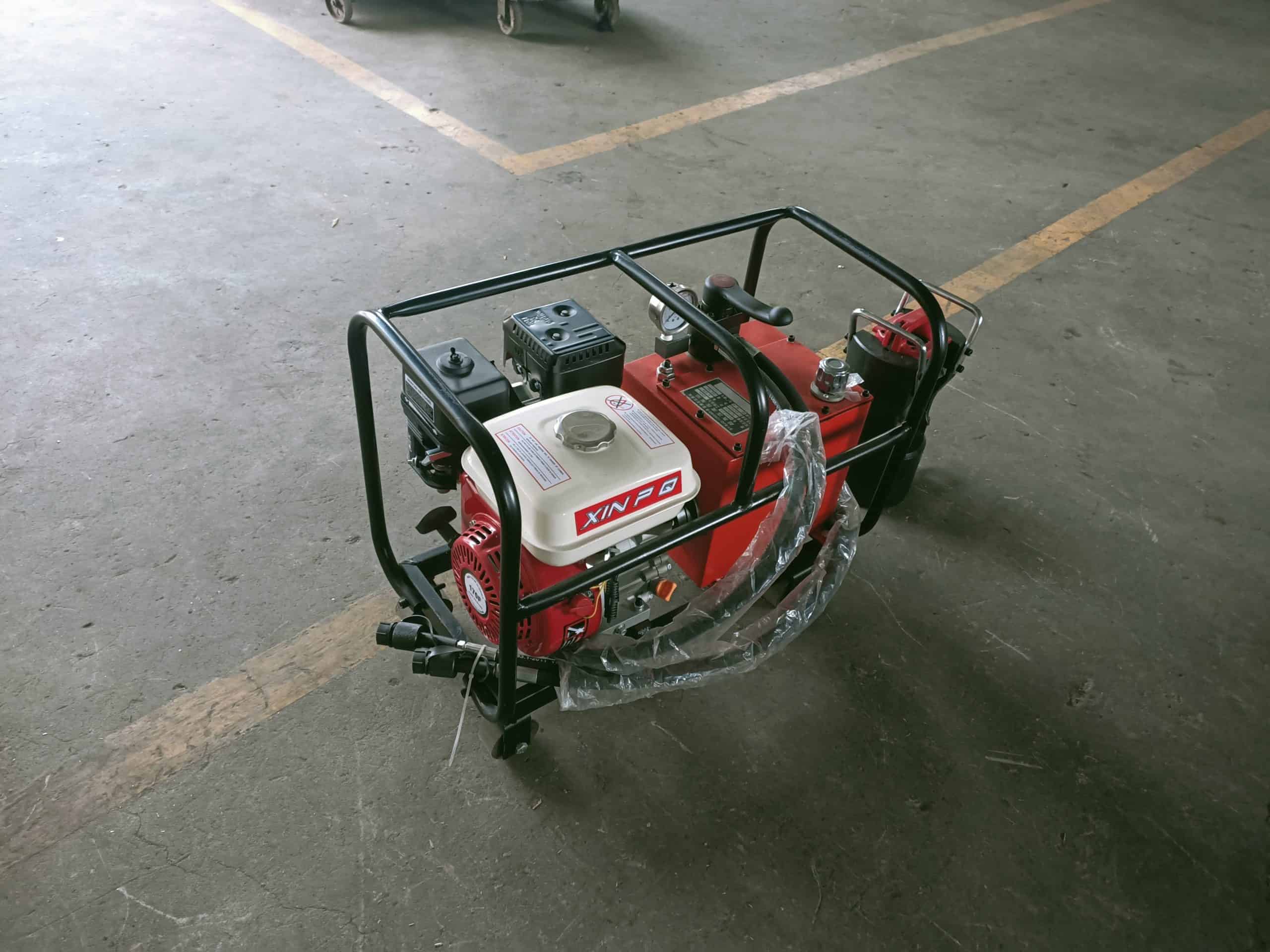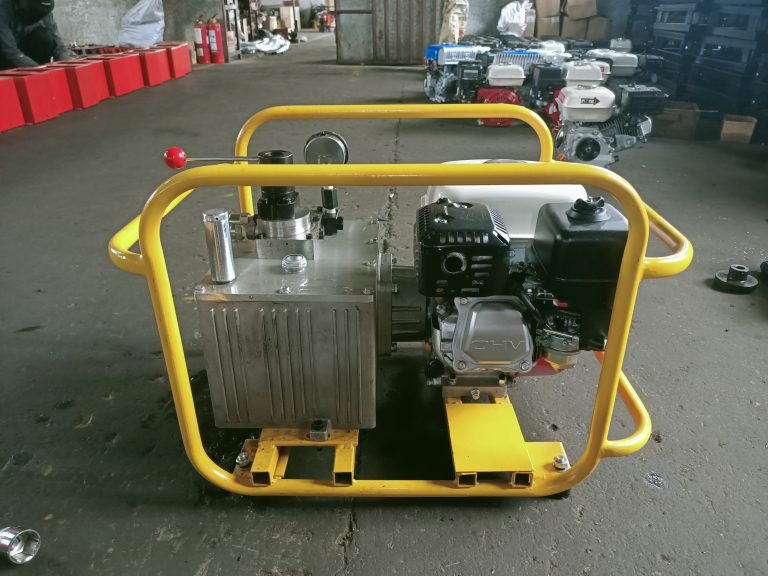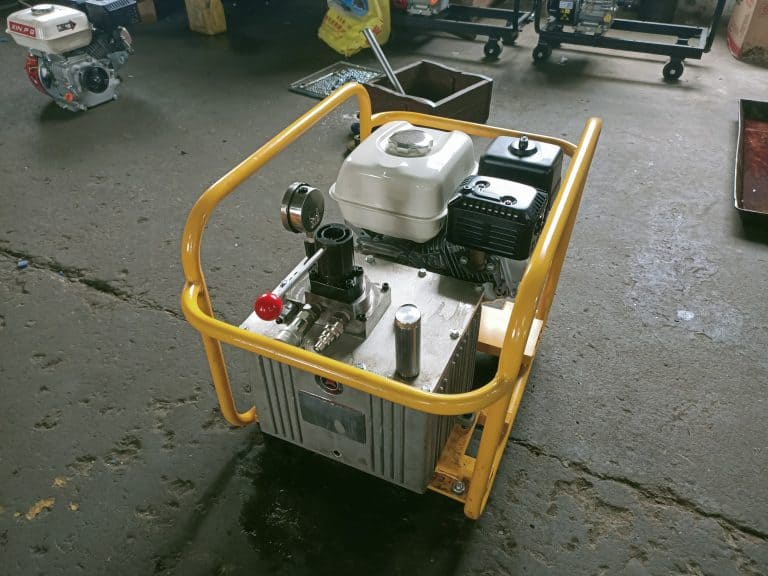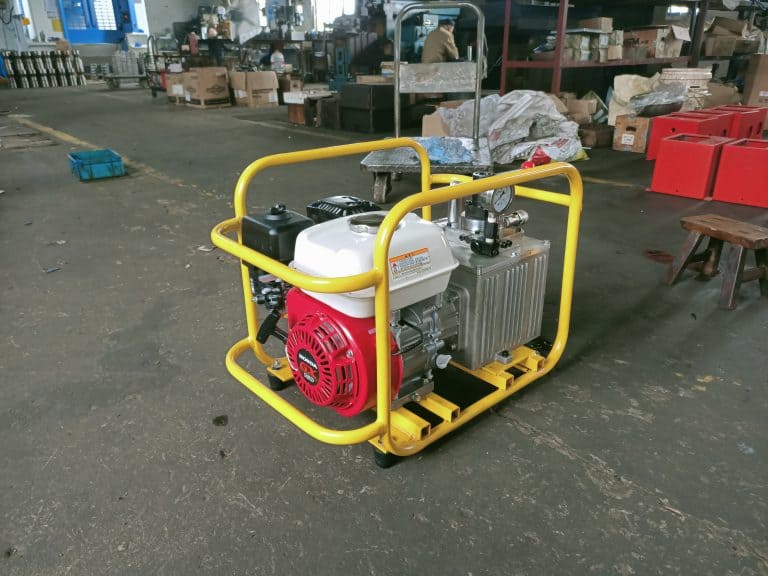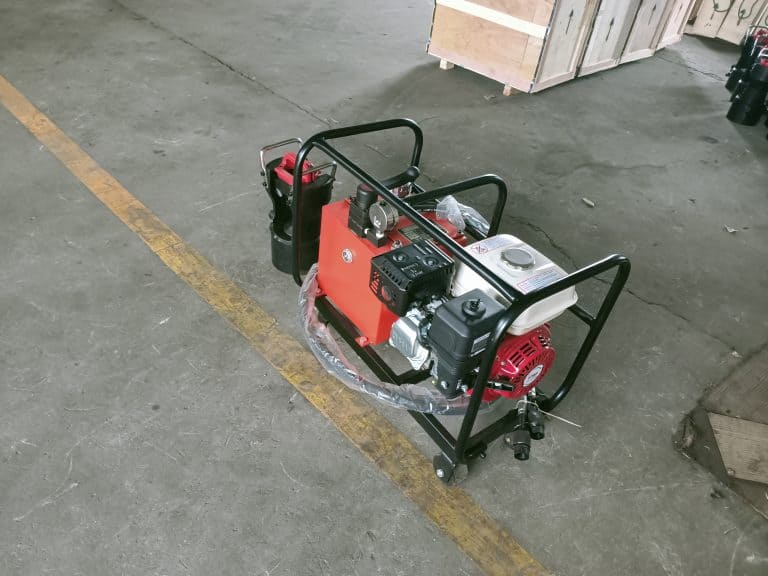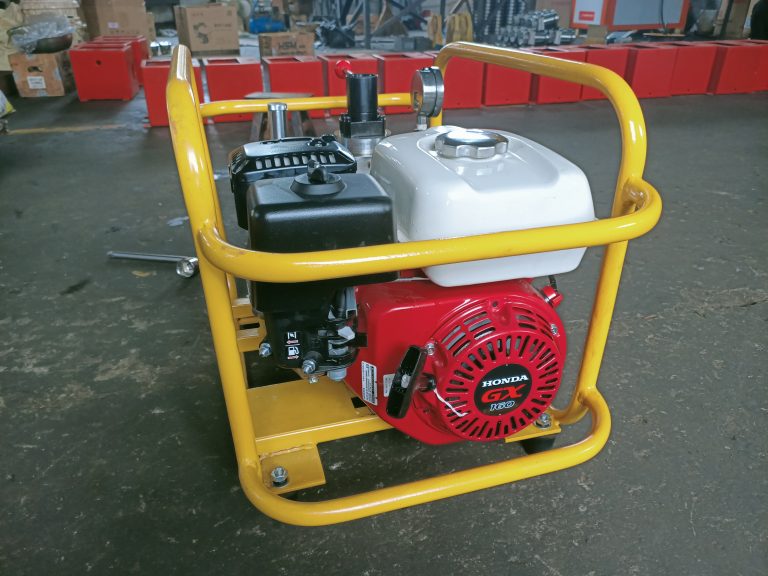Energizing Your Projects: How Gas Hydraulic Power Units Drive Crimping in Power Line Construction
Gas hydraulic power units are essential equipment for numerous applications, including crimping cables and conductors…
Gas hydraulic power units are essential equipment for numerous applications, including crimping cables and conductors in power line construction. These power units are known for their portability and efficiency, providing the necessary hydraulic power to accomplish tasks with precision and ease. In this article, we’ll delve into the inner workings of gas hydraulic power units and explore their role in power line construction.
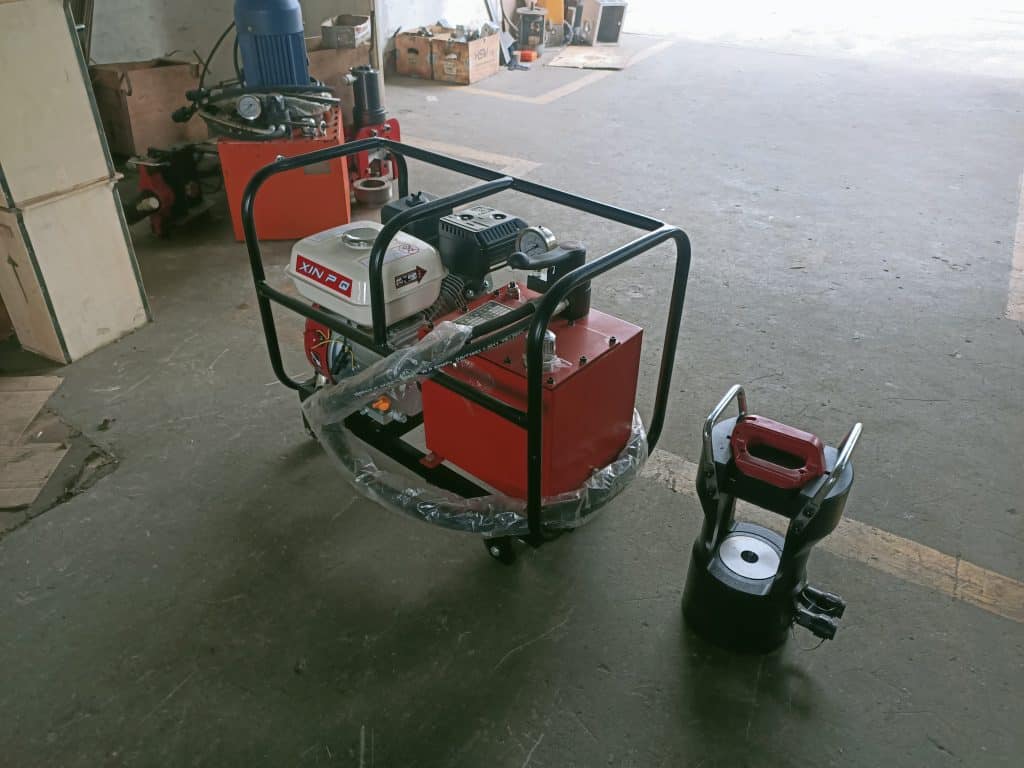
At the core of a gas hydraulic power unit is an internal combustion engine, which runs on gasoline. This engine converts the chemical energy stored in fuel into mechanical energy through a process of combustion. The mechanical energy produced by the engine then powers a hydraulic pump, which is responsible for generating hydraulic pressure.
The hydraulic pump forces hydraulic fluid through hoses and connections to the required hydraulic tools, such as crimping devices used in power line construction. The pressurized hydraulic fluid activates the crimping tools, enabling them to securely join cables and conductors with precision and reliability.
In power line construction, gas hydraulic power units serve as efficient hydraulic power stations that provide a reliable source of energy for crimping operations. Their portability and self-contained design make them ideal for remote job sites or areas with limited access to electrical power sources.
In conclusion, gas hydraulic power units are the driving force behind crimping cables and conductors in power line construction. By understanding how these power units work, professionals in the industry can better harness their capabilities, leading to more efficient and successful power line installations.

